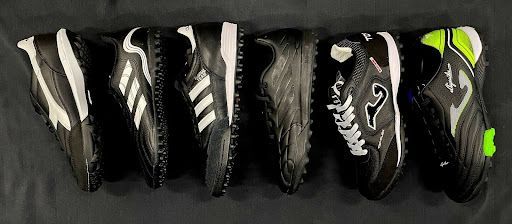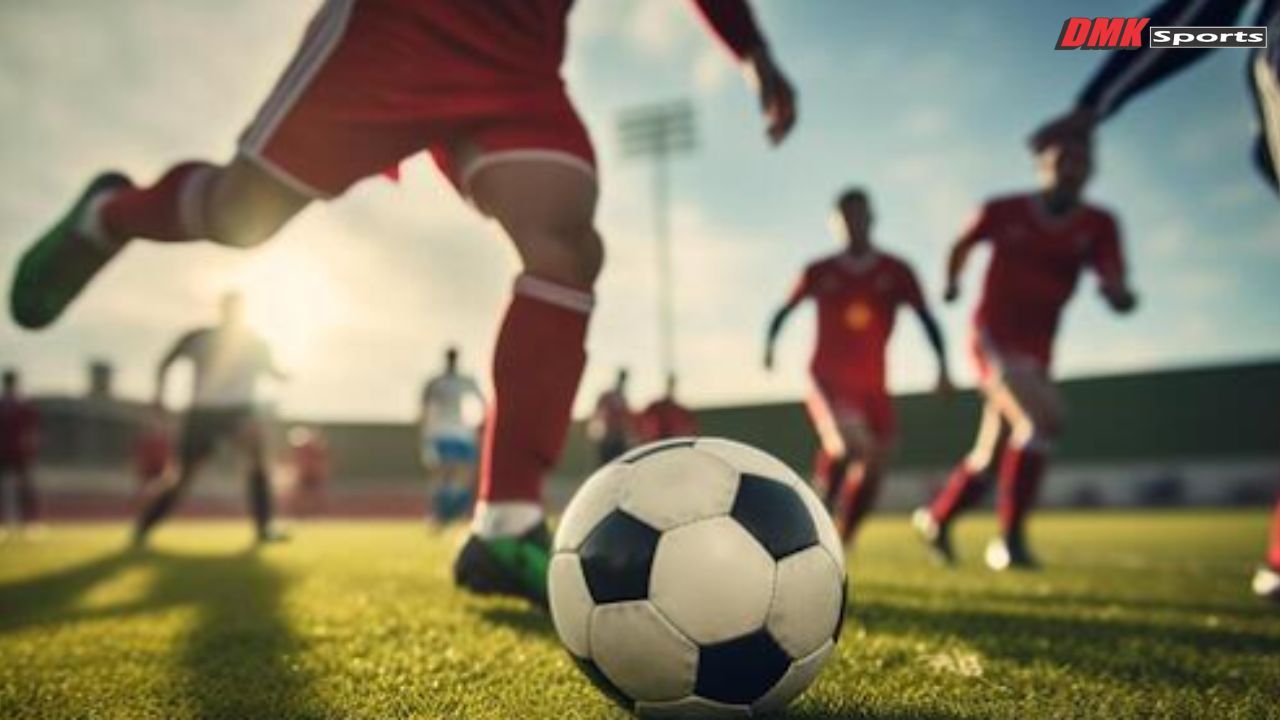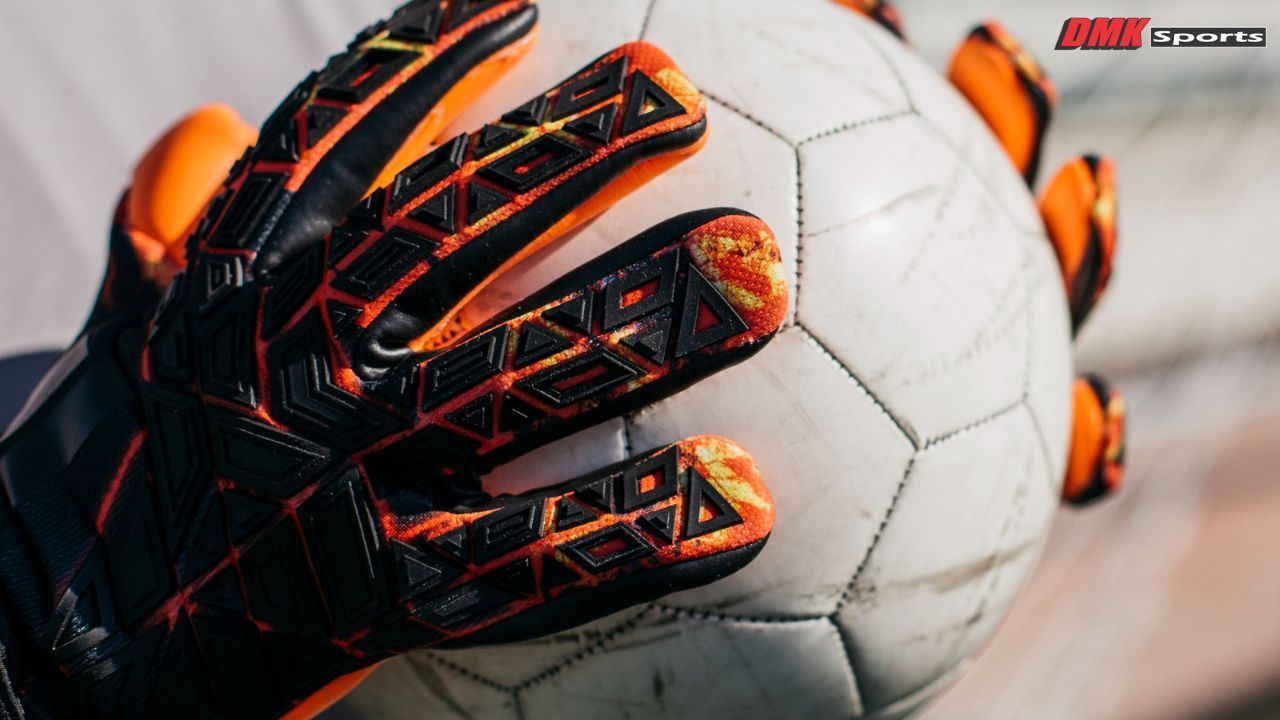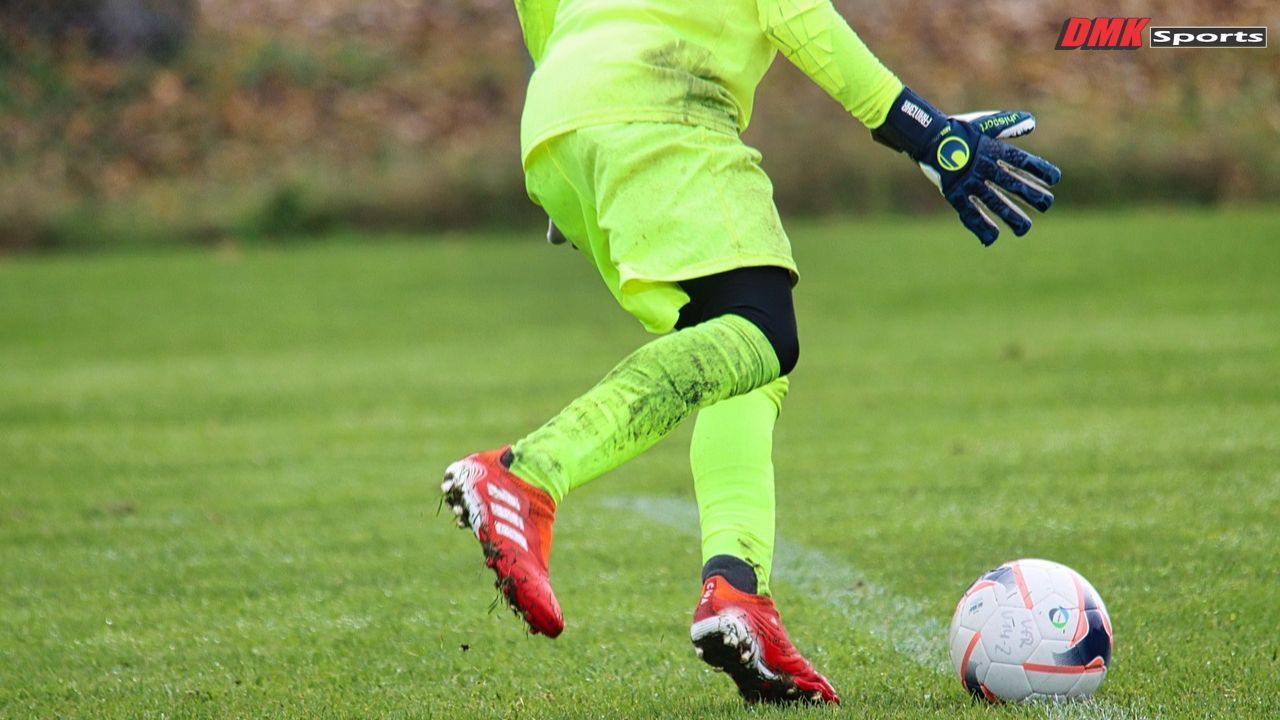How to Choose the Best Soccer Cleats for Midfielders

Midfielders are the backbone of any soccer team, orchestrating play, distributing passes, and covering vast areas of the pitch. To perform at their best, they require soccer cleats that provide the perfect blend of comfort, control, durability, and traction.
Choosing the right pair of cleats can significantly impact a midfielder’s performance, influencing ball control, agility, and endurance. Below, we explore five essential factors to consider when selecting the best soccer shoes for midfielders.
Choosing Soccer Cleats For Midfielders
1. Comfort and Fit that Ensure Maximum Performance
Comfort is non-negotiable for any midfielder, just like any other player of the soccer team. A snug yet comfortable fit is critical to avoid blisters, foot fatigue, and discomfort during long matches.
Ill-fitting cleats can hinder agility, ball control, and hence the overall performance.
When choosing soccer cleats for midfielders, consider the following:
- Material flexibility – Opt for cleats made from premium synthetic materials or soft leather to ensure a customized fit that molds to the foot over time. Note that synthetic materials are much lighter and aid in agile movements.
- Heel and arch support – Look for models with adequate arch support and a secure heel counter to prevent excessive foot movement inside the cleat.
- Lacing – A well-structured lacing system ensures a snug fit while allowing adjustability. Off-center laces provide a cleaner striking area for enhanced ball control.
- Break-in period – Some soccer cleats for midfielders require a break-in period to conform to the foot’s shape. Kangaroo leather cleats, for example, stretch and mold over time, providing a superior fit after a few matches.
2. Traction and Stud Configuration to Master Grip on the Field
Midfielders frequently switch between sprinting, pivoting, and stopping abruptly. Having the right stud configuration is crucial to maintaining grip and balance. The type of cleats that you choose depends on the playing surface.
- Firm ground (FG) cleats – Ideal for natural grass pitches, these cleats feature conical or bladed studs for optimal traction and maneuverability.
- Soft ground (SG) cleats – Designed for wet or muddy fields, SG cleats have removable metal studs that provide superior grip on slippery surfaces.
- Artificial ground (AG) cleats – If playing on synthetic turf, opt for AG cleats with numerous smaller studs to evenly distribute weight and reduce pressure on the joints.
- Hybrid stud patterns – Some cleats offer hybrid stud designs, combining bladed and conical studs for enhanced traction and agility.
For midfielders, a combination of conical and bladed studs make up for a good pair of soccer cleats for midfielders. They offer the perfect balance between quick directional changes and stability.
3. Upper Material: Enhancing Touch and Control
A midfielder’s cleats should provide exceptional touch and control to execute precise passes and dribbles. The upper material plays a pivotal role in ball feel and responsiveness.
The three most common materials used in cleats include:
- Leather (Kangaroo or full-grain) – Offers an unrivaled soft touch, superior comfort, and natural flexibility. Kangaroo leather (K-leather) cleats are highly sought after for their ability to mold to the foot.
- Synthetic uppers – Lightweight and durable, synthetic materials in soccer shoes for midfielders provide weather resistance and are ideal for players seeking a snug fit without overstretching.
- Knit or mesh uppers – Recent advancements have led to knitted cleats with sock-like collars, offering a seamless fit and improved ball control.
For midfielders who rely on the precision passing mechanic, leather cleats provide the best touch and feel. At the same time, synthetic cleats offer durability and lightweight responsiveness.
4. Cushioning and Support to Prevent Fatigue and Injuries
A midfielder’s workload requires a cleat that reduces impact stress on the feet and legs. Proper cushioning and midsole support are crucial in soccer cleats for midfielders for preventing fatigue and injury.
Key aspects to look for:
- EVA or foam insoles – High-quality EVA foam insoles offer superior shock absorption, reducing pressure on joints.
- Ankle support – Mid-cut or high-cut designs can provide additional ankle support for players prone to rolling their ankles.
- Responsive midsole – Some cleats feature energy-returning midsoles that improve push-off power and comfort over 90 minutes of play.
- Lightweight construction – Modern cleats prioritize lightweight materials, allowing midfielders to cover more ground without excessive strain.
Choosing a cleat with proper support and cushioning ensures that midfielders remain fresh and agile throughout the match.
5. Durability and Longevity to Ensure Quality
Midfielders spend the most time on the ball and engage in frequent tackles, making durability a critical factor. A well-constructed cleat should withstand the demands of intense matches and training sessions. Consider the following:
- Stitching and reinforcement – Look for double-stitched or thermally bonded uppers to prevent premature wear and tear.
- Soleplate material – TPU (Thermoplastic Polyurethane) or Pebax soleplates provide a balance of flexibility and durability without adding unnecessary weight.
- Weather resistance – Leather cleats require proper maintenance, while synthetic uppers offer superior durability in wet conditions.
- Brand reliability – Investing in cleats from trusted brands like Nike, Adidas, or Puma ensures high-quality craftsmanship and long-lasting performance.
A durable pair of cleats reduces replacement costs by cutting out the frequent need for replacement. A good pair of soccer cleats ensures consistent performance over multiple seasons.
Selecting the best soccer cleats for midfielders requires careful consideration of fit, traction, upper material, cushioning, and durability. Midfielders need cleats that enhance control, provide excellent grip, and support high endurance levels throughout a match.
By focusing on the discussed five key factors, players can maximize their performance, reduce injury risks, and gain a competitive edge on the pitch. Not to mention, they can optimize their performance.
Whether you prefer classic leather, the lightweight agility of synthetics, or the modern fit of knitted uppers, the right pair of soccer cleats can make all the difference in midfield play.
Invest wisely, and dominate every game with the perfect pair of cleats for your playing style. To be sure of the quality, always buy from renowned, specialty soccer stores.
DMK Sports is a family-owned premium soccer store where you can buy high-quality soccer gear, including outdoor and indoor soccer cleats, soccer balls, soccer jerseys, and more, at competitive pricing. Buy the best adult cleats or youth cleats to optimize your team’s performance.
Shop for the best soccer gear of the highest quality only from the largest soccer gear store in all of Rhode Island, South Eastern Massachusetts, and Eastern Connecticut.
Thank you for reading our guide on choosing the best soccer cleats for midfielders. For premium soccer gear and expert advice, please visit
DMK Sports.
For more insights and expert tips, visit DMK Sports and be sure to check out our latest posts on the DMK Sports Blog. If you’re looking to further optimize your performance with the Best Soccer Cleats for Midfielders, our comprehensive resources are just a click away.










